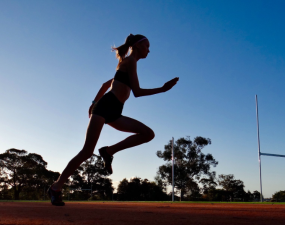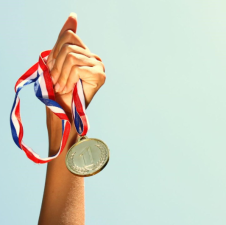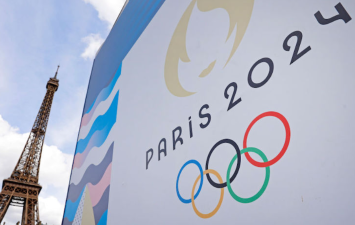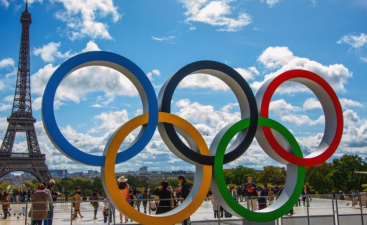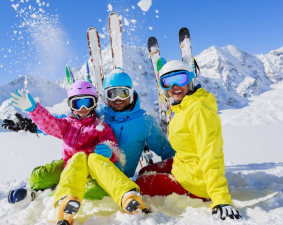What’s the Best Age to Start Competitive Sports?
We've always emphasized the importance of physical activity for children's growth. This doesn't mean we should push children into specialized sports, but rather because sports play an irreplaceable role in shaping a person's mind and character.
We've always emphasized the importance of physical activity for children's growth. This doesn't mean we should push children into specialized sports, but rather because sports play an irreplaceable role in shaping a person's mind and character.
Because each physical quality has its own growth period, and these opportunities are fleeting, we shouldn't miss them. Canada's "Parent's Guide to Physical Literacy Development for Children Aged 0-12" provides a diagram that aligns a child's physical developmental process with the timing of learning basic movements.

As you can see, before the age of four, children's physical development is not yet mature. While this is a good time to experience various physical activities, systematic training in basic movements is too early for most children. Between the ages of four and six, children's nerves and muscles gradually reach a state of "learning readiness." With further cognitive development, after the age of six, the optimal time for learning basic movements arrives.
Of the nine major systems in the human body, the nervous system develops first and fastest. Therefore, learning skills related to neural control and sensory perception, such as agility, speed, and technique, should be initiated as early as possible.
- The brain of a newborn develops rapidly in the first one to two years of life. By the age of three, the cerebellum has essentially reached adult levels of development, enabling it to maintain balance and precision in movement. Therefore, in the United States, where "sports" are highly valued, children are often introduced to gymnastics, swimming, or skating around the age of three.
- Between the ages of 3 and 6, the potential for temporary connections between various areas of the cerebral cortex increases. By the age of six, conditioned reflexes are relatively stable and consolidated, further enhancing the ability to develop motor skills.
- Between the ages of 7 and 8, the differentiation of nerve cells in the motor areas of the cerebral cortex approaches adult levels. Therefore, people are particularly sensitive and have the greatest plasticity at these ages.
- Between the ages of 13 and 14, the inhibitory regulatory mechanisms in the cortex reach a certain strength, significantly improving analytical and comprehensive abilities. Therefore, the upper grades of elementary school are the age of "learning quickly," allowing children to effortlessly master new moves, such as feints and shooting techniques in football training.
- After the age of 13, brain development is finalized, and even intensive training will find it difficult to achieve the same learning results and efficiency as before.

There is an optimal age for training
In various sports, "speed" is considered the soul and core. Because all voluntary muscle movements, both inside and outside the body, are controlled by the motor center, the sensitive period for speed development begins earlier than for other qualities.
- The sensitive period for reaction speed is 9 to 12 years old.
- Speed quality develops most rapidly between the ages of 10 and 13. Without training during this period, muscle contraction speed slows after age 14.
- The sensitive period for movement speed is 7 to 11 years old, after which increasing frequency becomes more difficult.
- The sensitive period for displacement speed is 7 to 14 years old for boys and 7 to 12 years old for girls.

